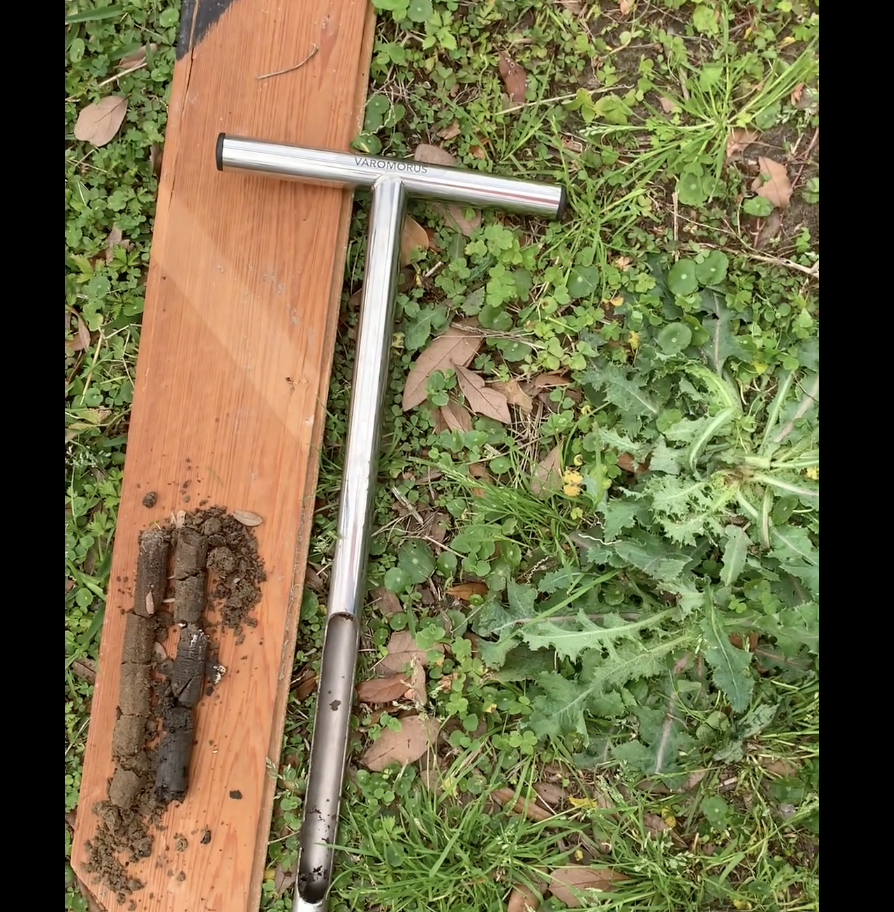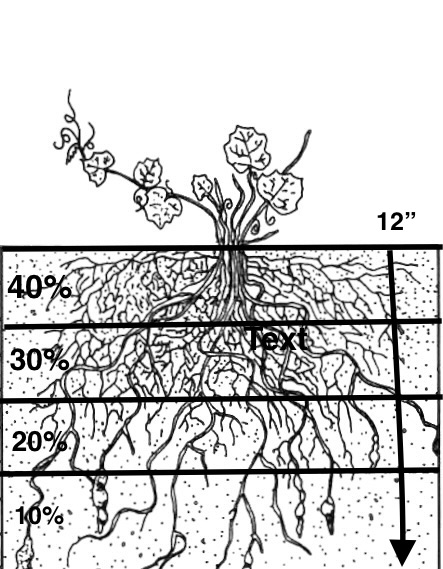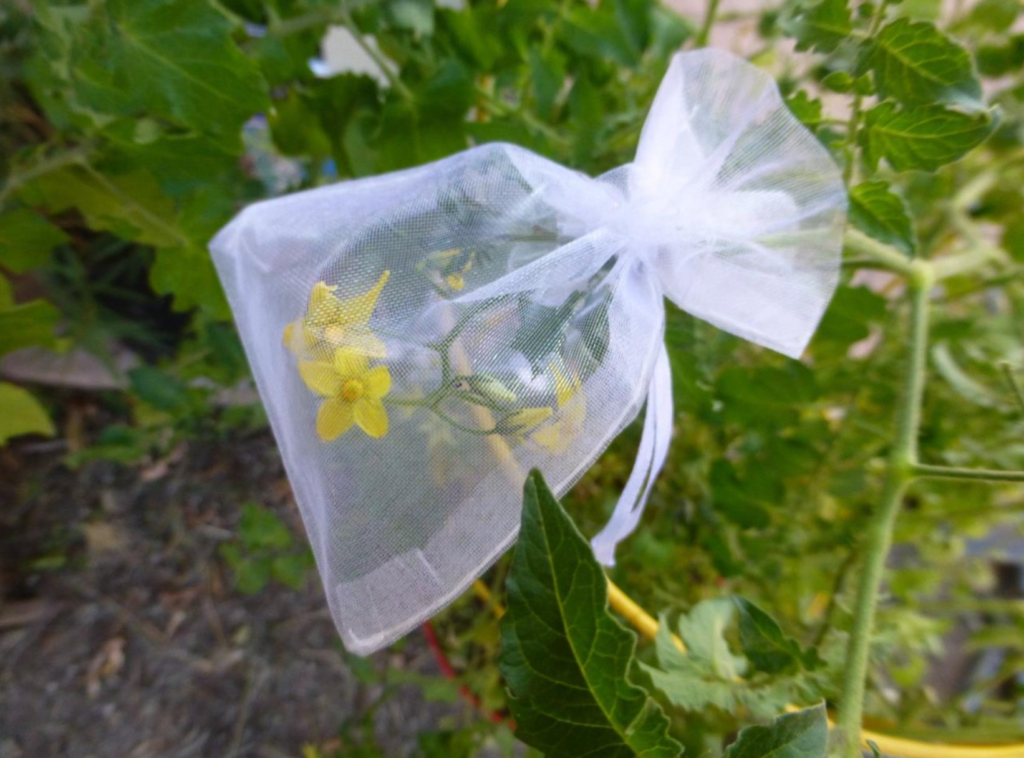by Lance Hill | Feb 28, 2024 | How To, Mirliton
 The soil sampler is the simplest way to see how much moisture your mirliton roots are getting. It’s the only quick, inexpensive way to see if you have over-watered or underwater your vine. James Leblanc shows you how to take a sample and check the moisture levels at root zone levels.
The soil sampler is the simplest way to see how much moisture your mirliton roots are getting. It’s the only quick, inexpensive way to see if you have over-watered or underwater your vine. James Leblanc shows you how to take a sample and check the moisture levels at root zone levels.
See the video here
Buy a soil sampler here.
How to use appearance and feel to estimate soil moisture:
https://nutrientmanagement.tamu.edu/content/tools/estimatingsoilmoisture.pdf
Mirliton roots extend 12″ deep:

by Lance Hill | Feb 18, 2024 | How To, Mirliton

There are no scientific studies on cross-pollination in mirlliton varieties, so we can’t speak with any certainty about the chances of cross-pollination. Mirlitons are self-pollinating plants and are primarily pollinated by bees. Honey bees are systematic foragers; they will focus on one plant until they have collected all the nectar. That means they are less likely to carry pollen from another plant, thus reducing the risk of cross-pollination.
Because of this, generally, you can grow two different varieties with little risk of cross-pollination. If you grow only one variety at a time, you will have even less risk. But if you want to ensure that the offspring of a plant will be true-to-type, there is a simple way to do that: controlled pollination.
Using controlled pollination will guarantee that the specific fruit you picked from your vine will grow the same variety. Click here to see how to do it.
 The soil sampler is the simplest way to see how much moisture your mirliton roots are getting. It’s the only quick, inexpensive way to see if you have over-watered or underwater your vine. James Leblanc shows you how to take a sample and check the moisture levels at root zone levels.
The soil sampler is the simplest way to see how much moisture your mirliton roots are getting. It’s the only quick, inexpensive way to see if you have over-watered or underwater your vine. James Leblanc shows you how to take a sample and check the moisture levels at root zone levels.

Recent Comments